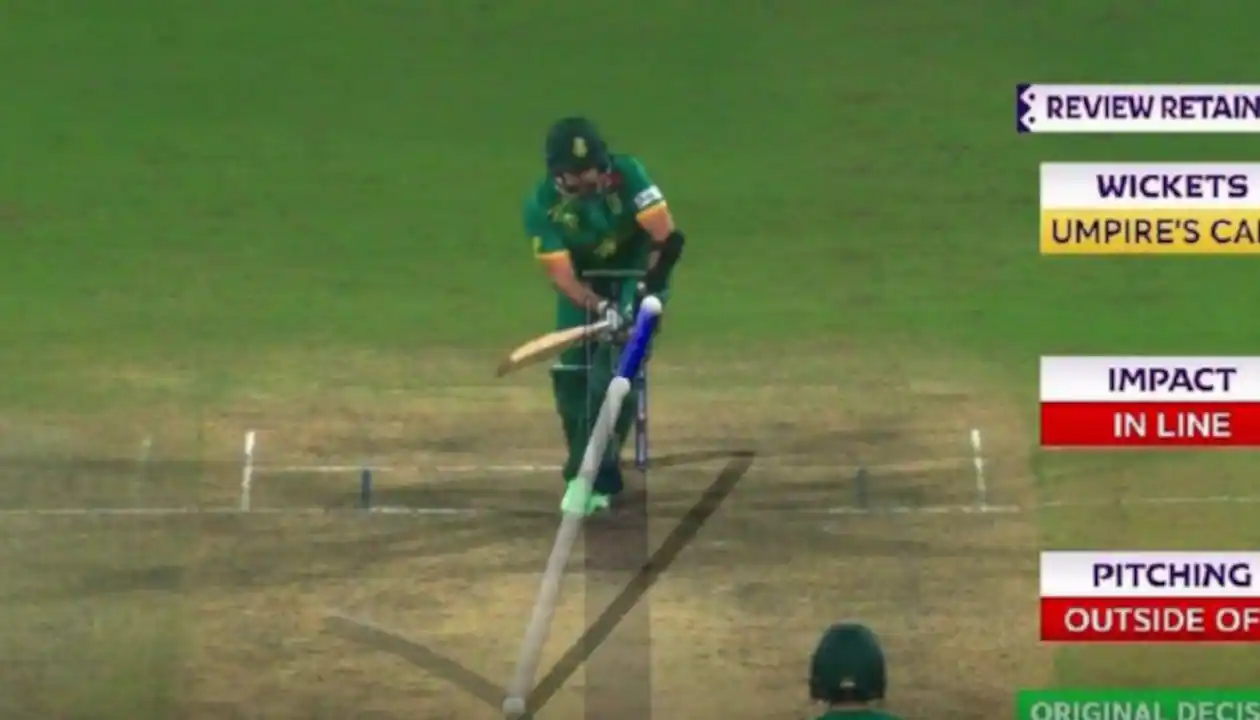The NGC 346 cluster, located in the Small Magellanic Cloud, is a hotbed of stellar creation, teeming with young stellar objects (YSOs) that provide a window into the early stages of star life cycles. These YSOs, ranging from protostars to pre-main sequence stars, are nestled within dense molecular clouds, making them prime targets for studying the intricacies of stellar evolution.

James Webb Space Telescope: Peering into Cosmic Cradles
Led by Nolan Habel of NASA’s Jet Propulsion Laboratory, astronomers have harnessed the power of the James Webb Space Telescope’s Near Infrared Camera (NIRCam) and Mid-Infrared Instrument (MIRI) to probe deeper into NGC 346. Their research has identified 196 YSOs and PMS stars, alongside 833 objects with significant mid-infrared excess, suggesting a young stellar nature.
A Spectrum of Stellar Potential: The Diversity of Young Stars
The study conducted with JWST’s advanced instruments has revealed a spectrum of young stars, with sizes ranging from 0.14 to 82.32 solar radii and masses from 0.95 to 4.15 solar masses. These findings, including the identification of the least massive extragalactic YSO known, underscore the diversity of stellar formation processes and the need for further spectroscopic analysis to refine our understanding.
From Dust to Dazzling Stars: The Lifecycle of Young Stellar Objects
YSOs undergo a transformative journey, beginning as protostars within collapsing gas and dust clouds. As they evolve, they pass through various stages marked by accretion and outflow, eventually shedding their dusty cocoons to reveal themselves in optical wavelengths. Phenomena like Herbig-Haro objects and protoplanetary disks are hallmarks of this active phase, offering clues to the dynamic forces at play in the early lives of stars.
The Cosmic Puzzle of Star and Planet Formation
Studying YSOs is not just about understanding stars; it’s about piecing together the cosmic puzzle of how planetary systems come into being. Observations of these celestial objects shed light on the magnetic activity, stellar winds, and outflows that were likely present in the early solar system, providing a blueprint for the birth of stars and planets across the universe.



